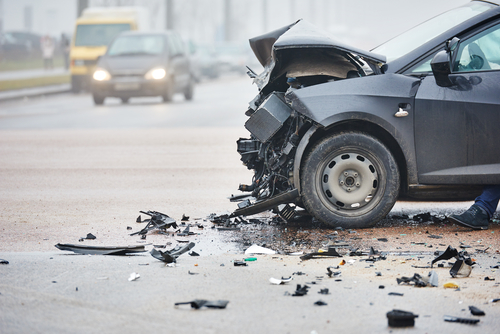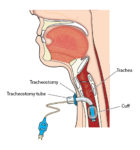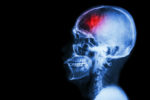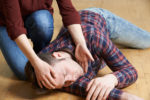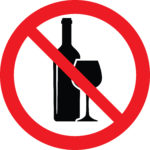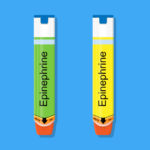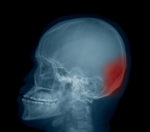A road traffic collision (RTC) is potentially a very dangerous scene. We have moving traffic, fuel, passive bystanders, patients who are injured, people who are upset and angry and the remnants of the car crash itself. All of these things can present a danger to us. On Arrival at an RTC Before you even get […]
Assessing Responsiveness
Upon approaching the individual, ensure the scene is safe. Gently tap their shoulders and shout to attempt to rouse them. If there is no response, proceed to check their airway and breathing.
Immediate Actions for an Unresponsive Individual
If the person is unresponsive and not breathing normally:
- Call Emergency Services: Dial 999 immediately or ask someone nearby to call.
- Begin CPR: Start with chest compressions at a rate of 100 to 120 per minute, pressing down 5 to 6 cm in the centre of the chest. After 30 compressions, provide two rescue breaths. Continue this cycle until professional help arrives or the person shows signs of life.
For detailed guidance on performing CPR, refer to our Adult CPR article.
Recovery Position
If the individual is unresponsive but breathing normally, place them in the recovery position to maintain an open airway and prevent aspiration.
Steps to position someone in the recovery position:
- Kneel beside the person and ensure both legs are straight.
- Place the arm nearest to you at a right angle to their body, with the elbow bent and hand facing upward.
- Bring the far arm across the chest, placing the back of the hand against the cheek nearest to you.
- With your other hand, grasp the far leg just above the knee and pull it up, keeping the foot flat on the ground.
- Keeping their hand pressed against the cheek, pull on the far leg to roll them toward you onto their side.
- Adjust the upper leg so that both the hip and knee are bent at right angles.
- Tilt the head back slightly to ensure the airway remains open.
For more information, see our Recovery Position guide.
Special Considerations
Choking Leading to Unresponsiveness
If a choking individual becomes unresponsive:
- Lower them gently to the ground.
- Begin CPR immediately, starting with chest compressions.
- After each set of compressions, open the mouth and look for any visible obstruction. If visible and reachable, remove it.
Detailed instructions are available in our Adult Choking article.
Use of Automated External Defibrillator (AED)
If an AED is available:
- Turn on the device and follow its verbal instructions.
- Expose the person’s chest and attach the electrode pads as directed.
- Ensure no one is touching the person during analysis and shock delivery.
- If a shock is advised, deliver it and immediately resume CPR for two minutes before the AED reassesses.
For more on AED usage, consult our AED article.
Preventing Unresponsiveness
While not all incidents leading to unresponsiveness are preventable, measures such as regular health check-ups, adhering to safety protocols, and avoiding excessive alcohol or drug consumption can reduce risks.
Further Resources
Expand your first aid knowledge with these resources:
For comprehensive first aid training, consider enrolling in our First Aid at Work Annual Refresher (VTQ) course.

